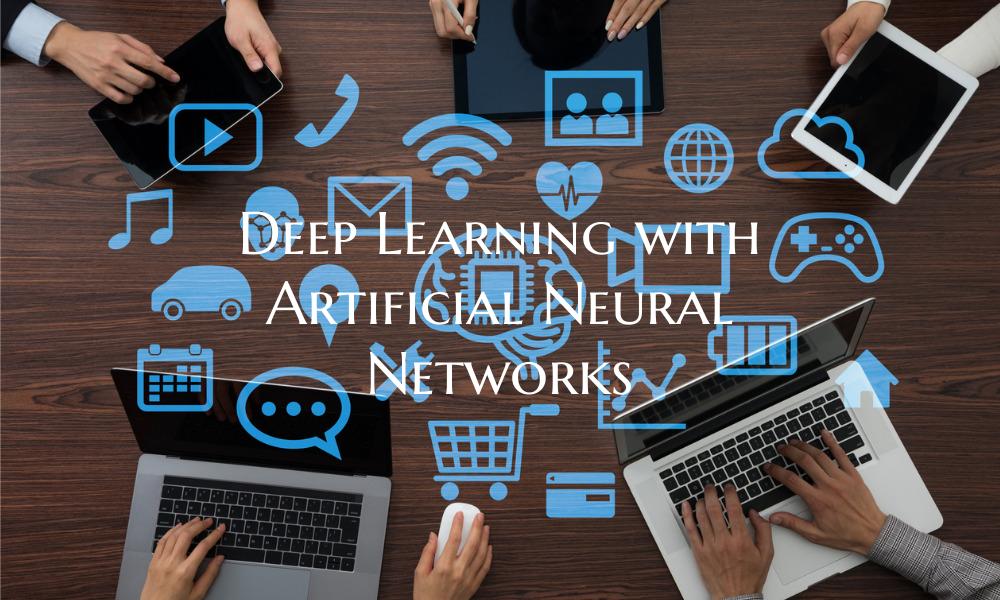Deep Learning with Artificial Neural Networks
Artificial neural networks (ANNs) have revolutionized the field of deep learning, enabling computers to mimic the complex processes of the human brain to solve intricate problems. Deep learning, a subset of machine learning, leverages ANNs to process vast amounts of data and extract meaningful patterns, making it a powerful tool for tasks such as image recognition, natural language processing, and speech recognition.
At the heart of deep learning are neural networks composed of layers of interconnected nodes, known as neurons. Each neuron processes input data, applies weights to it, and passes it through an activation function to produce an output. By stacking multiple layers of neurons, deep neural networks can learn hierarchical representations of data, capturing intricate relationships and features.
Training deep neural networks involves presenting them with labeled data and adjusting the weights of connections between neurons to minimize the difference between predicted and actual outputs. This process, known as backpropagation, iteratively fine-tunes the network's parameters through mathematical optimization techniques like gradient descent.
One of the key advantages of deep learning with artificial neural networks is their ability to automatically extract features from raw data, eliminating the need for manual feature engineering. This allows deep learning models to learn intricate patterns and make accurate predictions in tasks where traditional machine learning algorithms may fall short.
Applications of deep learning with ANNs are diverse and impactful. In healthcare, deep learning is used for medical image analysis, disease diagnosis, and drug discovery. In finance, it powers fraud detection systems and algorithmic trading strategies. In autonomous vehicles, deep neural networks enable real-time decision-making for navigation and object detection.
As deep learning research continues to advance, new architectures such as convolutional neural networks (CNNs) for image processing and recurrent neural networks (RNNs) for sequential data have emerged, pushing the boundaries of what AI systems can achieve.
In conclusion, deep learning with artificial neural networks represents a cutting-edge approach to solving complex problems and unlocking new possibilities in various domains. By harnessing the power of deep learning, we can delve deeper into the realms of artificial intelligence and pave the way for transformative innovations in the future.

